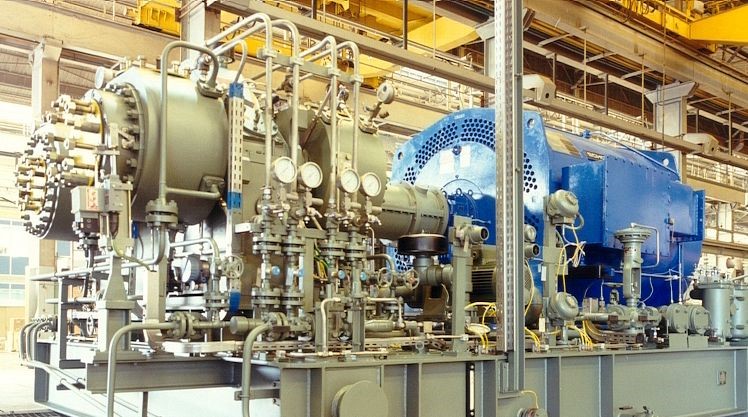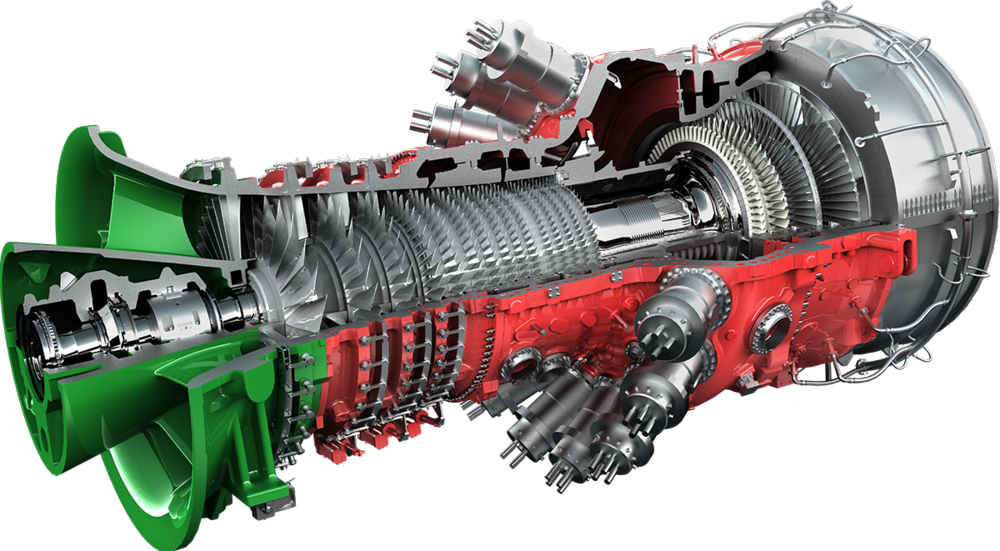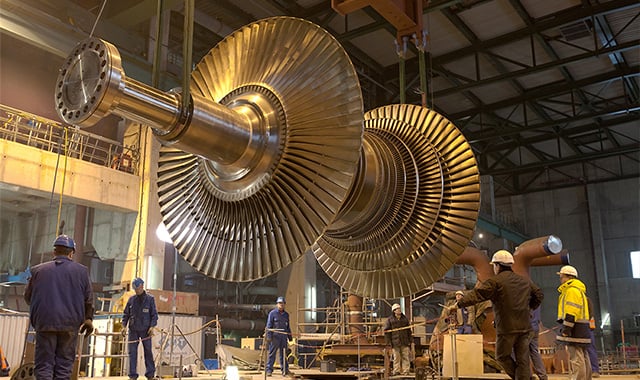FACTORS IMPACTING SAFETY - TURBOMACHINERY



CENTRIFUGAL COMPRESSORS
GAS TURBINES
SPECIAL STEAM TURBINES
FREQUENT QUESTIONS & ANSWERS
CENTRIFUGAL COMPRESSORS
Q: What are the key safety factors to consider when operating a centrifugal compressor? A: Key safety factors to consider include the proper installation, maintenance, and operation of the compressor. Proper safety procedures should be followed during maintenance and repair activities. Additionally, safety devices such as pressure relief valves and emergency shutdown systems should be in place to prevent accidents.
Q: How do you ensure that the centrifugal compressor is safe to operate? A: Safety should be considered throughout the entire lifecycle of the compressor, from design and installation to maintenance and operation. Regular inspections and maintenance should be performed, and safety procedures should be followed during any maintenance or repair activities. Training should be provided to all personnel who operate or work on the compressor.
Q: What are the potential safety hazards associated with centrifugal compressors? A: Potential safety hazards include high pressure and temperature, rotating equipment, flammable or toxic gases, and electrical hazards. Proper safety procedures and equipment should be in place to mitigate these hazards.
Q: How can safety be improved for centrifugal compressors in existing plants? A: Safety can be improved by performing a safety audit to identify potential hazards and areas for improvement. This can lead to implementing safety upgrades such as installing safety devices or improving safety procedures.
Q: What safety standards or regulations should be followed when operating a centrifugal compressor? A: Safety standards and regulations such as OSHA, API, and ASME should be followed when operating a centrifugal compressor. Manufacturers should provide information on how to comply with these standards and regulations.
Q: What actions can be taken to address safety concerns with centrifugal compressors? A: Actions that can be taken include performing safety audits, implementing safety upgrades, providing training to personnel, and ensuring that safety procedures are followed during maintenance and repair activities.
GAS TURBINES
Q: What are the major safety concerns with gas turbines? A: The major safety concerns with gas turbines are related to fire, explosion, and mechanical failure. Gas turbines operate at high temperatures and pressures, and the combustion of fuel can create hazardous conditions if not properly controlled.
Q: How can I ensure the safe operation of my gas turbine? A: Safe operation of a gas turbine requires a combination of proper maintenance, operation, and monitoring. Regular inspection and testing can help identify potential safety hazards before they become a problem.
Q: What safety precautions should I take during gas turbine maintenance? A: During maintenance, it is important to ensure that the turbine is shut down properly and all energy sources are isolated. Appropriate personal protective equipment should also be worn, and any hazardous materials should be properly handled and disposed of.
Q: What actions can I take to prevent gas turbine fires? A: Proper fuel handling, maintenance of electrical and control systems, and regular inspection and cleaning of the gas turbine can help prevent fires. It is also important to have fire suppression systems in place and conduct regular training on fire safety procedures.
Q: How can I prevent gas turbine explosions? A: Proper maintenance of the gas turbine and its associated systems is critical to preventing explosions. It is also important to ensure that the turbine is not operated beyond its designed capacity and that any changes or modifications to the system are properly evaluated for safety.
Q: What should I do in case of a gas turbine emergency? A: In case of an emergency, immediately shut down the gas turbine and activate any emergency response procedures. This may include evacuation of personnel and contacting emergency services.
SPECIAL TURBINES
Q: What safety measures are necessary during the operation of special steam turbines? A: To ensure safety during the operation of special steam turbines, it is necessary to perform regular maintenance, conduct safety checks, and have proper safety measures in place, such as emergency shutdown systems, alarms, and safety valves.
Q: What are the common safety hazards associated with special steam turbines? A: Some common safety hazards associated with special steam turbines include high temperature and pressure, steam leaks, and potential for mechanical failures. It is important to have proper safety procedures and training in place to mitigate these hazards.
Q: What safety precautions should be taken during maintenance and repair of special steam turbines? A: During maintenance and repair of special steam turbines, it is important to follow proper lockout/tagout procedures to prevent accidental start-up, wear appropriate personal protective equipment, and work with experienced and qualified personnel.
Q: What safety standards and regulations apply to special steam turbines? A: Safety standards and regulations vary by country and industry, but common standards that may apply to special steam turbines include the ASME Boiler and Pressure Vessel Code, the International Electrotechnical Commission (IEC) standards, and Occupational Safety and Health Administration (OSHA) regulations.
Q: What actions can be taken to improve safety in special steam turbines? A: Some actions that can be taken to improve safety in special steam turbines include regular safety training for personnel, conducting safety audits and risk assessments, implementing safety management systems, and investing in advanced safety technologies such as condition monitoring and predictive maintenance.
